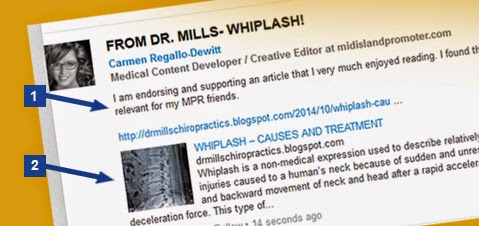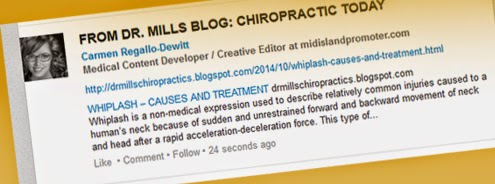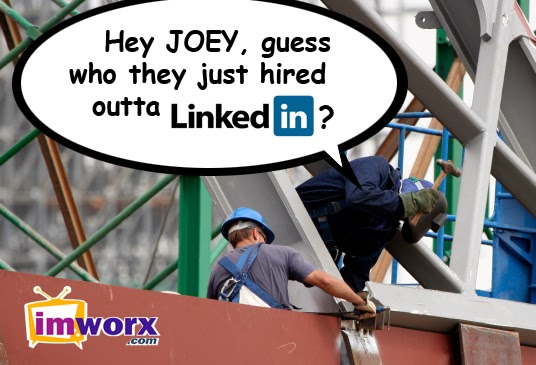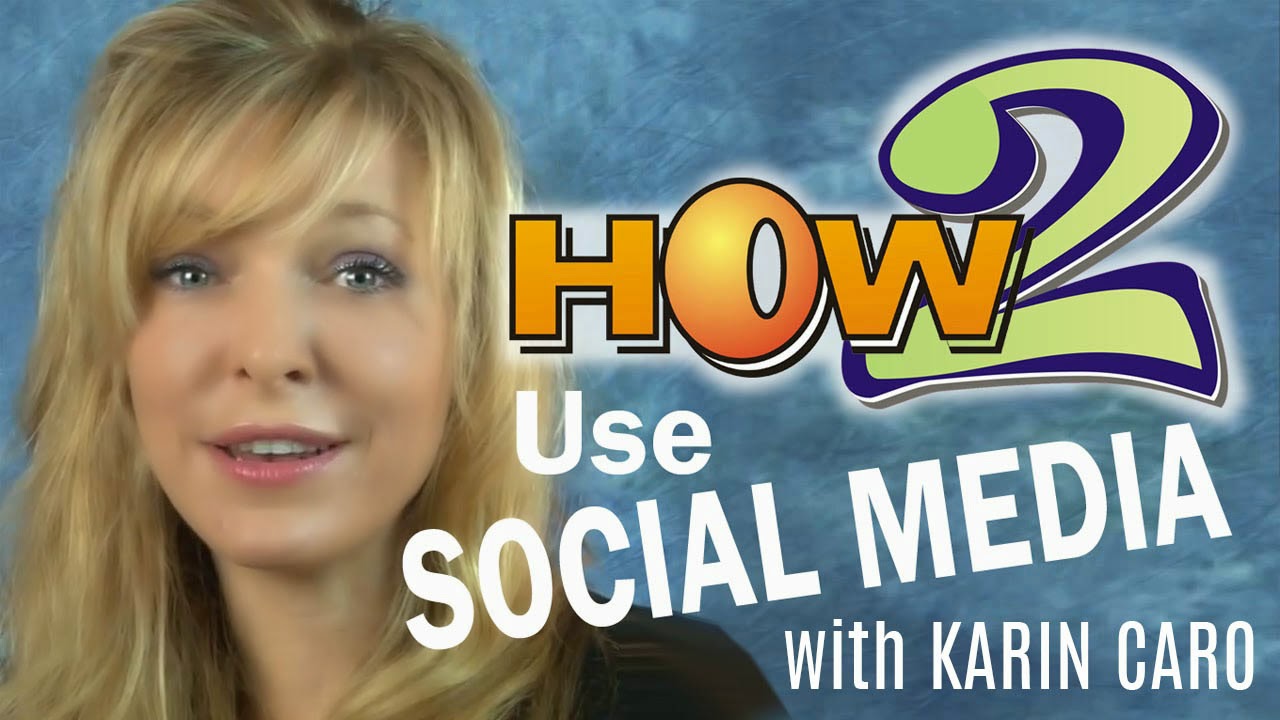by: Carmen Regallo-Dewitt (graphics: Luis Ferrer)
Blogging is today's most popular web-based intellectual past time and a socially trendy way to connect with the planet at large. May this How2 empower you to use a thread correctly and get the most out of posting.
STEP 1: YOUR ENTRY PORT
Start by going to the top of any group page just UNDERNEATH the group banner.
All groups and blogsites will invite you to post or open a discussion by having YOUR profile photo next to a blank box “START A DISCUSSION...” as your cue to "start here!" (see diag above). That’s your TITLE FIELD -Box 1. Type only a few words on this box (recommended limit 10 words). As you type, a lower box directly underneath will appear with ADD MORE DETAILS-Box 2. This is the CONTENT FIELD where you put the body of your discussion. You can type and insert as much as you like. You can even copy/paste content from anywhere and insert into this box.
The actual post will only show the first two lines on the main page as a synopsis of your discussion but once the reader clicks the TITLE (link) of your entry, it shall open a new page with your complete entry.
VOLUME ALERT: POSTING AN EFFECTIVE PERSONAL INTRO IN A GROUP PAGE
For personal new-member intros, start a PERSONALIZED intro with a
warm, connective sentence and an engaging description of yourself and your profession. Refrain from being voluminous, plethoric, blabby (wordy). Nobody in the blog world cares to read a 1000 word bio about anyone. (they can click your photo to get to your bio for that!) It makes you appear narcissistic or desperate for marketing and will mostly result in irritating the reader. LESS IS MORE so please edit a polished intro. About 150 words is a stylish recommendation. In addition, you can insert "for more info on my practice/business, please click..." and add your link or website url.
POSTING A PREVIOUSLY PUBLISHED ARTICLE (w/ LINK)
 Whether you have an article posted elsewhere or if you wish to share one of your articles, you can post this on the group page by first inserting the article’s TITLE (or create a SUPPORTING HEADLINE about the article) on the Title Field Box. This becomes an eye grabber for your post. Next, in the Content Field, we recommend inserting 1-2 sentences supporting the article BEFORE you copy/paste the link directly below that (diag 1). This ensures that your post will display a nice formatted teaser of that article with the photo or graphic embeded from the original link if it has one (diag 2).
Whether you have an article posted elsewhere or if you wish to share one of your articles, you can post this on the group page by first inserting the article’s TITLE (or create a SUPPORTING HEADLINE about the article) on the Title Field Box. This becomes an eye grabber for your post. Next, in the Content Field, we recommend inserting 1-2 sentences supporting the article BEFORE you copy/paste the link directly below that (diag 1). This ensures that your post will display a nice formatted teaser of that article with the photo or graphic embeded from the original link if it has one (diag 2).  Not having a supporting sentence and copy/pasting the link in box 2 will appear THIS WAY. It's not bad, but you are not getting the most visibility for your shared article without the embedded image from the original article.
Not having a supporting sentence and copy/pasting the link in box 2 will appear THIS WAY. It's not bad, but you are not getting the most visibility for your shared article without the embedded image from the original article. ................................................................................................................................................
EXTRA: BENEFITS OF PUBLISHING BLOG ARTICLES
Blogging is today's way of promoting (and marketing) yourself, your practice or your professional expertise through well written mini-articles. By writing articles, you are contributing to the social media community and helping expand the world's encyclopedia with your insights. Noteworthy articles get shared and distributed everywhere while crediting YOU as the publisher or writer.
Aside from invidual readers who share your post, one of the most powerful promoters of your post is the host of the blogsite itself (ie. Wordpress, Blogger, Tumblr, Google+, Facebook Notes, Squarespace etc). In the case of Linkedin, PULSE is the engine (or e-magazine) that seeks out, selects and captures worthy posts and publishes them on the Linkedin home page each time you log in. This is a great way to get noticed online for free!
See example below.
 For more information about posting an article or blogging, we welcome your questions, comments, rants, holiday wishes and heavenly praises directly below.
For more information about posting an article or blogging, we welcome your questions, comments, rants, holiday wishes and heavenly praises directly below.Sponsor:
Copyright (c) 2015, IMWORX.com. All Rights Reserved.





















